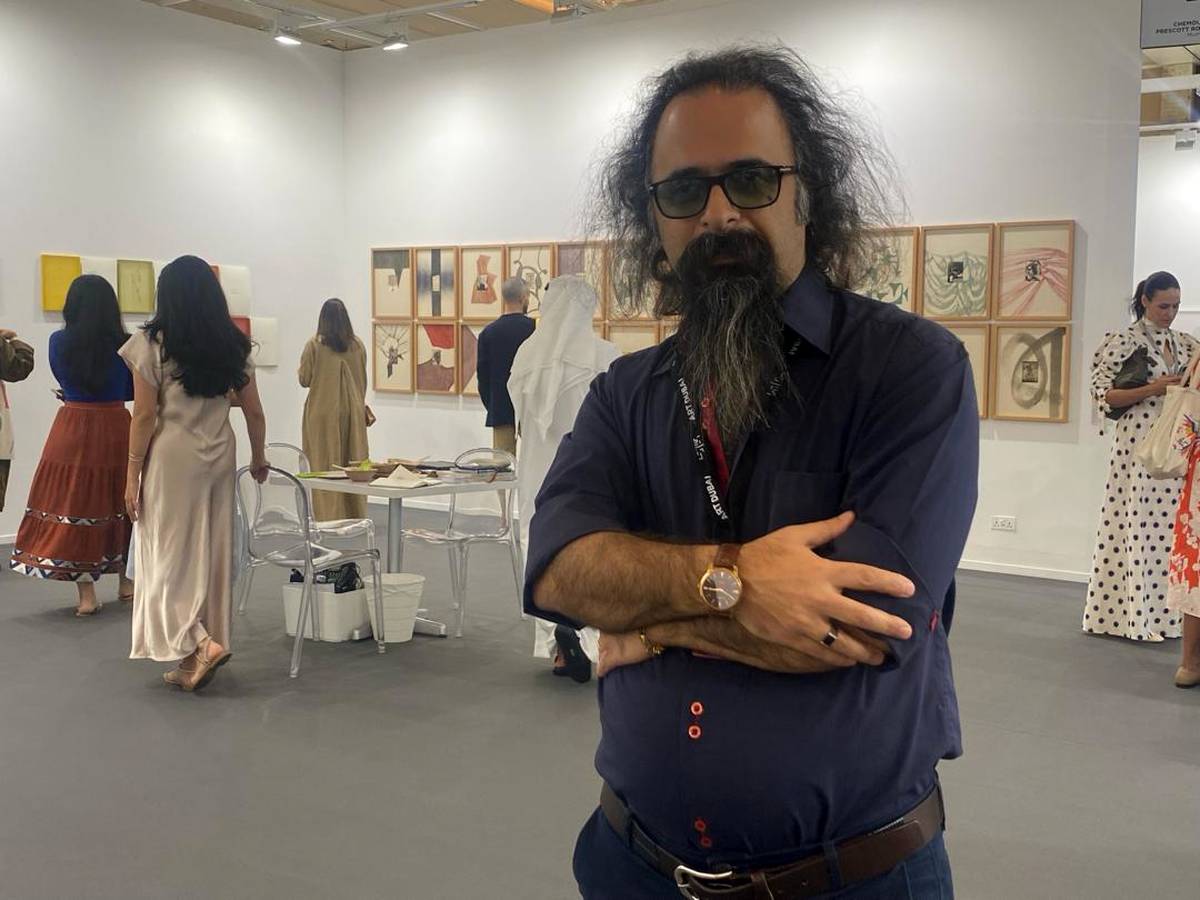
Hossein Hashempoor: Will the Neo-Masters Outprice the Masters?
Will the Neo-Masters Outprice the Masters? / From Thirty-Somethings to Seventy-Somethings!.
ArtDayMe: Hossein Hashempoor: How long will Picasso, Van Gogh, Munch — or in the Middle East, Mahmoud Said, Tanavoli, and Paul Guiragossian — remain at the top of the art market?
Can the rising generation of artists take over the art world?
In my view, the answer has little to do with artistic quality or aesthetics.
It is more about the rise of a new class of investors — those who have mastered modern methods of wealth creation in emerging industries, including art.
They know perfectly well that “art is the ultimate capital asset” — a form of wealth that, across the world, can remain beyond taxation and financial scrutiny.
And since the zeroes in the bank accounts and tangible assets of these new investors must remain concealed, yes — “the era of the Neo-Masters” has arrived:
An era in which the works of painters under fifty can sell for far more than the masterpieces of those long gone.
Young collectors, eager to participate in the market, do not have access to classical masterpieces. They cannot find, let alone buy, fifty paintings by Munch, De Kooning, or Da Vinci — or in the Middle East, a hundred works by Mahmoud Said, Tanavoli, Paul Guiragossian, Fateh Moudarres, or Louay Kayyali — because such works simply no longer appear on the market.
But they can introduce new painters to the art scene — artists whose works are available in quantity — and by collecting dozens or even hundreds of their pieces, watch their investments multiply as the prices of these artists rise.
Many of these contemporary collectors seem intent on dictating their own aesthetic vision and shaping the masterpieces of their own time — just as once a urinal was declared an artwork, and now a six-million-dollar banana mocks the art market.
2.
The “Neo-Masters” may be a newly coined term for our region, but they are certainly a global phenomenon.
When I first wrote about the Neo-Masters on February 2, 2025, I received a flood of reactions:
Some could not accept the commodification of art.
Others dismissed young artists’ works as trivial or insubstantial.
And many critics claimed that “Neo-Masters” are merely products of modern market engineering and media-driven promotion —
whereas classical masters often lived in poverty, their works gaining value only after death, or much later in life, when even their hair and teeth had turned gray.
And of course, there were some who sought safe and reliable formulas for becoming Neo-Masters themselves.

Neo-Masters: Crowning of Rising Stars According
3.
In my lecture at the Iranian Artists Forum on January 10, 2024, I discussed further dimensions of the Neo-Master phenomenon, even naming a few Iranian artists who seem to be following this path.
Whether or not they consciously align themselves with the contemporary art market’s mechanisms, I did not elaborate — but I did address several common critiques.
The truth is, whether one views it as ethically right or wrong, the economic reality of today’s art world is undeniable.
Ignoring or denying it will not make it disappear.
The Middle Eastern art market, like all others, will eventually yield to the Neo-Masters — it’s only a matter of time.
Traditional masterpieces, especially modernist icons, have largely left the market; their owners will not part with these ultimate treasures at any price.
Yet the market constantly hungers for bigger and bigger money.
I will write more on this soon.

LEAVE A RELPY